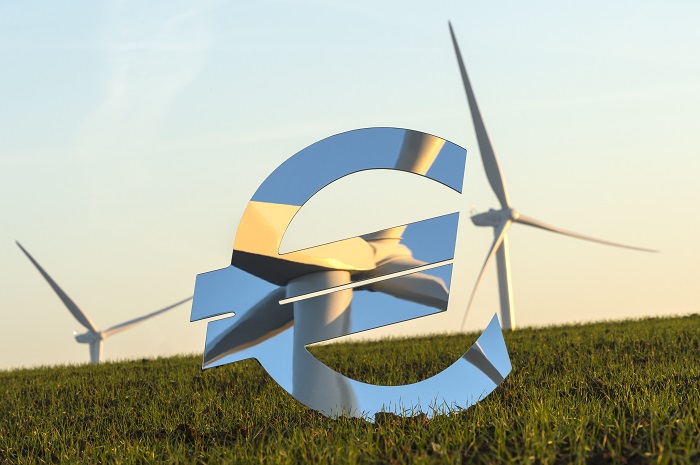
Date: 25 May, 2022 - Blog
The reduction in European imports of Russian oil, gas and coal and the total shutdown (to be seen!) within 2 years are forcing Europe to invest massively and quickly in renewable energies. This is good, because there is a climate emergency. The International Energy Agency and the IPCC (UN) recommend stopping all fossil fuel projects now.
Last Wednesday, the European Commission unveiled its €300 billion REPowerEU plan, in response to the disruptions in the energy market due to the war in Ukraine and the need to quickly achieve the green transition. The plan highlights 3 ambitions:
1) Energy savings through efficiency and behavior with households and industry. Tax incentives for heating systems, building insulation and appliances.
2) The diversification of energy sources with new suppliers, energy security and the establishment of a common purchasing platform to benefit from the best prices, including hydrogen. Hydrogen corridors will be developed. Hydrogen is one of the priorities for Europeans.
3) The acceleration of the implementation of green energies for independence. Raising the ambitions of the Fit for 55 program with the share of renewables in electricity production rising from 40% to 45% for 2030:
- Doubling of solar capacities by 2025 (320 GW) and installations of 600 GW by 2030.
- Obligation to install solar panels on all new buildings and houses.
- Acceleration of the installation of heat pumps and geothermal energy.
- Reduction of administrative obstacles for the installation of green energies and recognition of the public interest.
- Objective of domestic production of 10 million tons of hydrogen and imports of 10 million tons by 2030.
- Development of biomethane.
4) Reduction of fossil fuels in transport and industry, the two sectors accounting for 59% of CO2 emissions.
In 2020, European electricity production with renewable energies accounted for 41% of total production, broken down into 17% hydroelectric, 12% wind, 8% geothermal/biomass and 4% solar. Today, wind and solar therefore account for 16% of electricity production in Europe, and this percentage should increase to 45% according to the REPowerEU objectives.

The goals are ambitious. Even the European Commission recognizes this. And the desire to reduce and then stop imports of Russian oil and gas will have a consequence: it will be necessary to use a little more coal in the years to come. Europe wants to find new gas suppliers, Algeria, Qatar, Egypt, Israel, and then in the long term to include them in a global system for the production and use of green hydrogen. The ambitions and objectives focus instead on the period 2027-2030.
- The energy transition remains a strong long-term theme
- Europe is accelerating. The priority areas are hydrogen, solar and wind power
- We favor European electricity producers
- We also like lithium producers
- We underweight equipment manufacturers such as Vestas, Enphase, Solaredge, Sunrun, Sunnova, First Solar, Meyer Burger, which are penalized by the rise of metals prices and disruptions in semiconductors, as well as by supply chain disruptions. Their margins are under pressure. But we will certainly overweight them, when supply chains normalize





